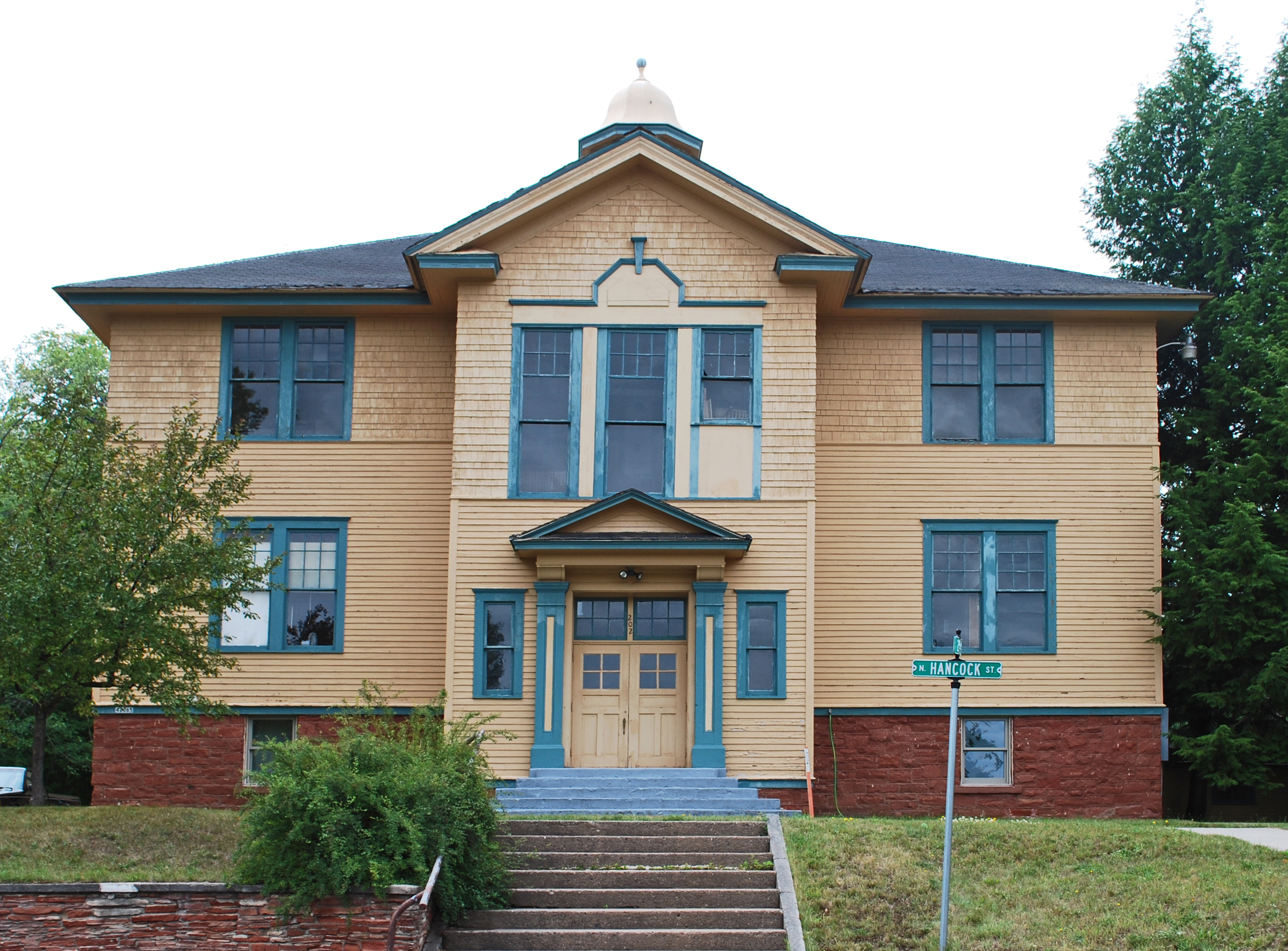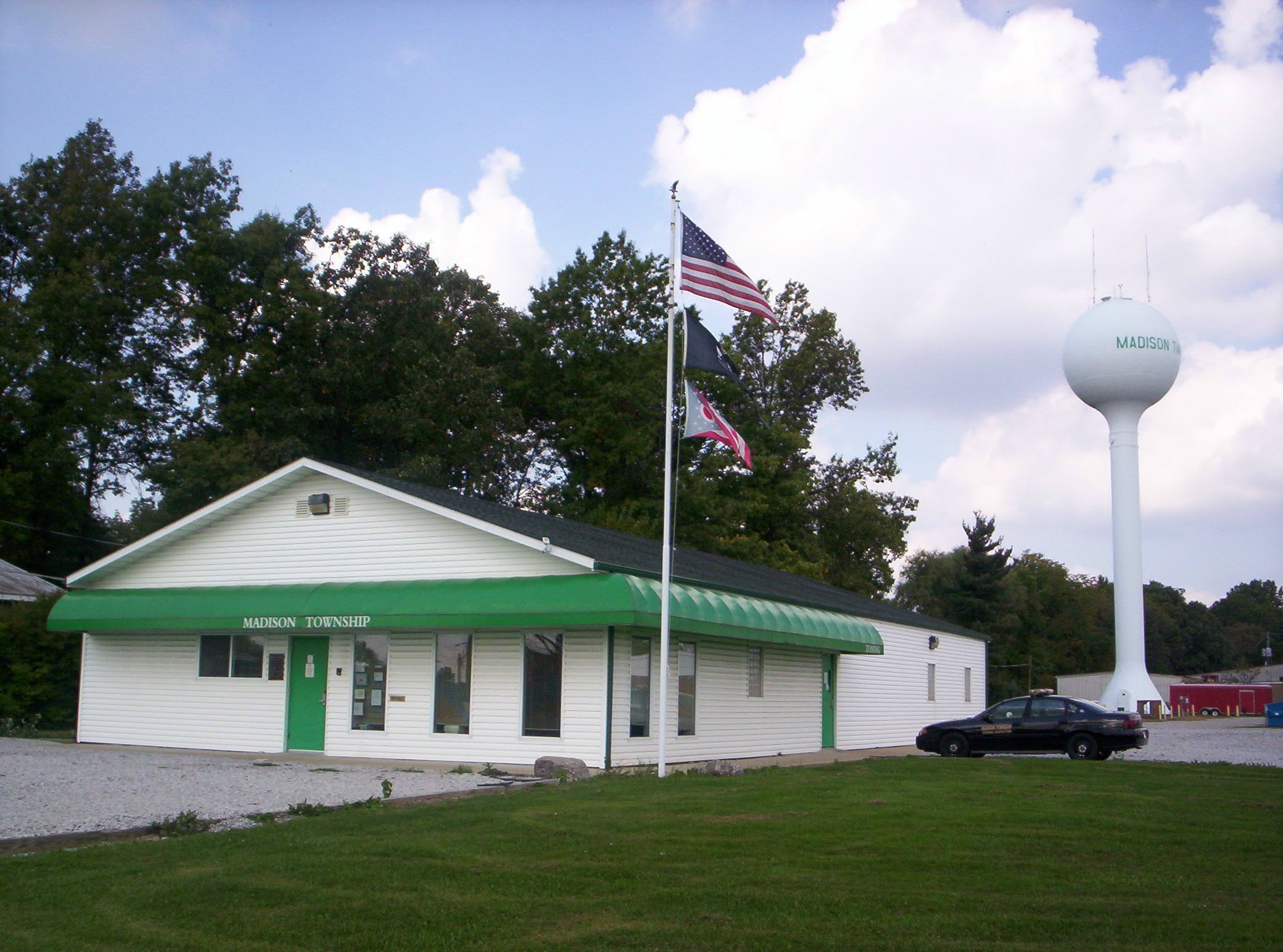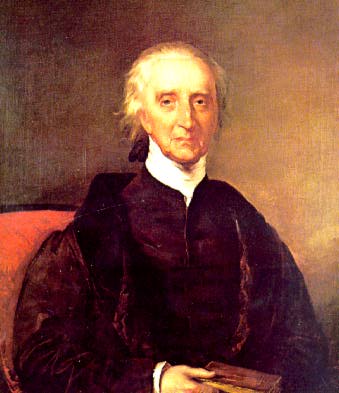|
Chassell Township, Michigan
Chassell Township is a civil township of Houghton County in the U.S. state of Michigan. The population was 1,878 at the 2020 census. The township was organized on April 14, 1888, and named after John Chassell, a prominent businessman and farmer whose farmland became the site of the community of Chassell. Communities * Chassell is an unincorporated community in the township located at the southwest end of Portage Lake on Pike Bay. *Klingville is an unincorporated community in the township at . *Portage Entry is an unincorporated community in the township located at on the west side of the Portage River, roughly across from Jacobsville in Torch Lake Township. A post office operated from October 10, 1851, until August 8, 1853. *Singing Sands is an unincorporated community in the township. Geography According to the United States Census Bureau, the township has a total area of , of which is land and (6.14%) is water. Demographics At the 2000 census, there were 1,822 people ... [...More Info...] [...Related Items...] OR: [Wikipedia] [Google] [Baidu] |
Civil Township
A civil township is a widely used unit of local government in the United States that is subordinate to a County (United States), county, most often in the northern and midwestern parts of the country. The term town is used in New England town, New England, Political subdivisions of New York State#Town, New York, as well as Political subdivisions of Wisconsin#Town, Wisconsin to refer to the equivalent of the civil township in these states; Minnesota uses "town" officially but often uses it and "township" interchangeably. Specific responsibilities and the degree of Wiktionary:autonomy, autonomy vary in each U.S. state, state. Civil townships are distinct from survey townships, but in states that have both, the boundaries often coincide, especially in Indiana, Ohio, and Illinois, and may completely geographically subdivide a county. The United States Census Bureau, U.S. Census Bureau classifies civil townships as minor civil divisions. Currently, there are 20 states with civil townshi ... [...More Info...] [...Related Items...] OR: [Wikipedia] [Google] [Baidu] |
Finnish Americans
Finnish Americans (, ) comprise Americans with ancestral roots in Finland, or Finnish people who immigrated to and reside in the United States. The Finnish-American population is around 650,000. Many Finnish people historically immigrated to the Upper Peninsula of Michigan and the Iron Range of northern Minnesota to work in the mining industry; much of the population in these regions is of Finnish descent. History Some Finns, like the ancestors of John Morton, came to the Swedish colony of New Sweden, located in Delaware in the mid-17th century. In Russian America, Finns came to Sitka (when it was still called New Archangel) as migrant workers. Arvid Adolf Etholén was the first Finnish governor of Russian America, and the Lutheran Church was built for Finns. Finns started coming to the United States in large numbers in the late 19th century, and this movement continued until the mid-20th century. However, there were some Finns in the United States before this; they w ... [...More Info...] [...Related Items...] OR: [Wikipedia] [Google] [Baidu] |
Pacific Islander (U
Pacific Islanders, Pasifika, Pasefika, Pacificans, or rarely Pacificers are the peoples of the Pacific Islands. As an ethnic/racial term, it is used to describe the original peoples—inhabitants and diasporas—of any of the three major subregions of Oceania ( Melanesia, Micronesia, and Polynesia) or any other island located in the Pacific Ocean. Melanesians include the Fijians (Fiji), Kanaks (New Caledonia), Ni-Vanuatu (Vanuatu), Papua New Guineans (Papua New Guinea), Solomon Islanders (Solomon Islands), West Papuans (Indonesia's West Papua) and Moluccans (Indonesia's Maluku Islands). Micronesians include the Carolinians ( Caroline Islands), Chamorros ( Guam and Northern Mariana Islands), Chuukese ( Chuuk), I-Kiribati ( Kiribati), Kosraeans ( Kosrae), Marshallese ( Marshall Islands), Nauruans auru Palauans ( Palau), Pohnpeians ( Pohnpei), and Yapese ( Yap). Polynesians include the New Zealand Māori (New Zealand), Native Hawaiians (Hawaii), Rapa N ... [...More Info...] [...Related Items...] OR: [Wikipedia] [Google] [Baidu] |
Asian (U
Asian may refer to: * Items from or related to the continent of Asia: ** Asian people, people in or descending from Asia ** Asian culture, the culture of the people from Asia ** Asian cuisine, food based on the style of food of the people from Asia ** Asian (cat), a cat breed similar to the Burmese but in a range of different coat colors and patterns * Asii (also Asiani), a historic Central Asian ethnic group mentioned in Roman-era writings * Asian option, a type of option contract in finance * Asyan, a village in Iran See also * * * East Asia * South Asia * Southeast Asia Southeast Asia is the geographical United Nations geoscheme for Asia#South-eastern Asia, southeastern region of Asia, consisting of the regions that are situated south of China, east of the Indian subcontinent, and northwest of the Mainland Au ... * Asiatic (other) {{disambiguation ... [...More Info...] [...Related Items...] OR: [Wikipedia] [Google] [Baidu] |
Native American (U
Native Americans or Native American usually refers to Native Americans in the United States Native Americans (also called American Indians, First Americans, or Indigenous Americans) are the Indigenous peoples of the Americas, Indigenous peoples of the United States, particularly of the Contiguous United States, lower 48 states and A .... Related terms and peoples include: Ethnic groups * Indigenous peoples of the Americas, the pre-Columbian peoples of North, South, and Central America and their descendants * Indigenous peoples in Canada ** First Nations in Canada, Canadian Indigenous peoples who are neither Inuit nor Métis ** Inuit, Indigenous peoples inhabiting the Arctic and subarctic regions of Greenland, Labrador, Quebec, Nunavut, the Northwest Territories, and Alaska. ** Métis in Canada, specific cultural communities who trace their descent to early communities consisting of both First Nations people and European settlers * Indigenous peoples of Costa Rica * Indi ... [...More Info...] [...Related Items...] OR: [Wikipedia] [Google] [Baidu] |
White (U
White is the lightest color and is achromatic (having no chroma). It is the color of objects such as snow, chalk, and milk, and is the opposite of black. White objects fully (or almost fully) reflect and scatter all the visible wavelengths of light. White on television and computer screens is created by a mixture of red, blue, and green light. The color white can be given with white pigments, especially titanium dioxide. In ancient Egypt and ancient Rome, priestesses wore white as a symbol of purity, and Romans wore white togas as symbols of citizenship. In the Middle Ages and Renaissance a white unicorn symbolized chastity, and a white lamb sacrifice and purity. It was the royal color of the kings of France as well as the flag of monarchist France from 1815 to 1830, and of the monarchist movement that opposed the Bolsheviks during the Russian Civil War (1917–1922). Greek temples and Roman temples were faced with white marble, and beginning in the 18th c ... [...More Info...] [...Related Items...] OR: [Wikipedia] [Google] [Baidu] |
Population Density
Population density (in agriculture: Standing stock (other), standing stock or plant density) is a measurement of population per unit land area. It is mostly applied to humans, but sometimes to other living organisms too. It is a key geographical term.Matt RosenberPopulation Density Geography.about.com. March 2, 2011. Retrieved on December 10, 2011. Biological population densities Population density is population divided by total land area, sometimes including seas and oceans, as appropriate. Low densities may cause an extinction vortex and further reduce fertility. This is called the Allee effect after the scientist who identified it. Examples of the causes of reduced fertility in low population densities are: * Increased problems with locating sexual mates * Increased inbreeding Human densities Population density is the number of people per unit of area, usually transcribed as "per square kilometre" or square mile, and which may include or exclude, for example, ar ... [...More Info...] [...Related Items...] OR: [Wikipedia] [Google] [Baidu] |
Census
A census (from Latin ''censere'', 'to assess') is the procedure of systematically acquiring, recording, and calculating population information about the members of a given Statistical population, population, usually displayed in the form of statistics. This term is used mostly in connection with Population and housing censuses by country, national population and housing censuses; other common censuses include Census of agriculture, censuses of agriculture, traditional culture, business, supplies, and traffic censuses. The United Nations (UN) defines the essential features of population and housing censuses as "individual enumeration, universality within a defined territory, simultaneity and defined periodicity", and recommends that population censuses be taken at least every ten years. UN recommendations also cover census topics to be collected, official definitions, classifications, and other useful information to coordinate international practices. The United Nations, UN's Food ... [...More Info...] [...Related Items...] OR: [Wikipedia] [Google] [Baidu] |
American (ethnicity)
In the demography of the United States, some people self-identify their ancestral origin or descent as "American", rather than the more common officially recognized racial and ethnic groups that make up the bulk of the American people. The majority of these respondents are visibly white and do not identify with their ancestral European ethnic origins. The latter response is attributed to a multitude of generational distance from ancestral lineages, and these tend to be Anglo-Americans of English, Scots-Irish, Welsh, Scottish or other British ancestries, as demographers have observed that those ancestries tend to be recently undercounted in U.S. Census Bureau American Community Survey ancestry self-reporting estimates. Although U.S. census data indicates "American ancestry" is most commonly self-reported in the Deep South, the Upland South, and Appalachia, a far greater number of Americans and expatriates equate their national identity not with ancestry, race, or ethnici ... [...More Info...] [...Related Items...] OR: [Wikipedia] [Google] [Baidu] |
French Canadian Americans
French-Canadian Americans (; also referred to as Franco-Canadian Americans or Canadien Americans) are Americans of French-Canadian descent. About 2 million U.S. residents cited this ancestry in the 2020 census. In the 2010 census, the majority of respondents reported speaking French at home. Americans of French-Canadian descent are most heavily concentrated in New England, New York State, Louisiana and the Midwest. Their ancestors mostly arrived in the United States from Quebec between 1840 and 1930, though some families became established as early as the 17th and 18th centuries. The term ''Canadien'' (French for "Canadian") may be used either in reference to nationality or ethnicity in regard to this population group. French-Canadian Americans, because of their proximity to Canada and Quebec, kept their language, culture, and religion alive much longer than any other ethnic group in the United States apart from Mexican Americans. Many " Little Canada" neighborhoods develope ... [...More Info...] [...Related Items...] OR: [Wikipedia] [Google] [Baidu] |
Swedish Americans
Swedish Americans () are Americans of Swedish descent. The history of Swedish Americans dates back to the early colonial times, with notable migration waves occurring in the 19th and early 20th centuries and approximately 1.2 million arriving between 1865–1915. These immigrants settled predominantly in the Midwest, particularly in states like Minnesota, Illinois, and Wisconsin, in similarity with other Nordic and Scandinavian Americans. Populations also grew in the Pacific Northwest in the states of Oregon and Washington at the turn of the twentieth century. As a community, Swedish Americans have contributed to various aspects of American life, including politics, the arts, sciences, and business. They brought with them distinct cultural traditions like unique culinary practices, language, and celebrations such as Midsummer. These traditions are preserved by institutions such as the American Swedish Institute in Minneapolis, the American Swedish Historical Museum in Phil ... [...More Info...] [...Related Items...] OR: [Wikipedia] [Google] [Baidu] |
Irish American
Irish Americans () are Irish ethnics who live within in the United States, whether immigrants from Ireland or Americans with full or partial Irish ancestry. Irish immigration to the United States From the 17th century to the mid-19th century Some of the first Irish people to travel to the New World did so as members of the Spanish colonization of the Americas, Spanish garrison in Spanish Florida, Florida during the 1560s. Small numbers of Irish colonists were involved in efforts to establish colonies in the Amazon basin, Amazon region, in Newfoundland, and in Virginia between 1604 and the 1630s. According to historian Donald Akenson, there were "few if any" Irish forcibly transported to the Americas during this period. Irish immigration to the Americas was the result of a series of complex causes. The Tudor conquest of Ireland, Tudor conquest and Plantations of Ireland, subsequent colonization by English and Scots people during the 16th and 17th centuries had led ... [...More Info...] [...Related Items...] OR: [Wikipedia] [Google] [Baidu] |







